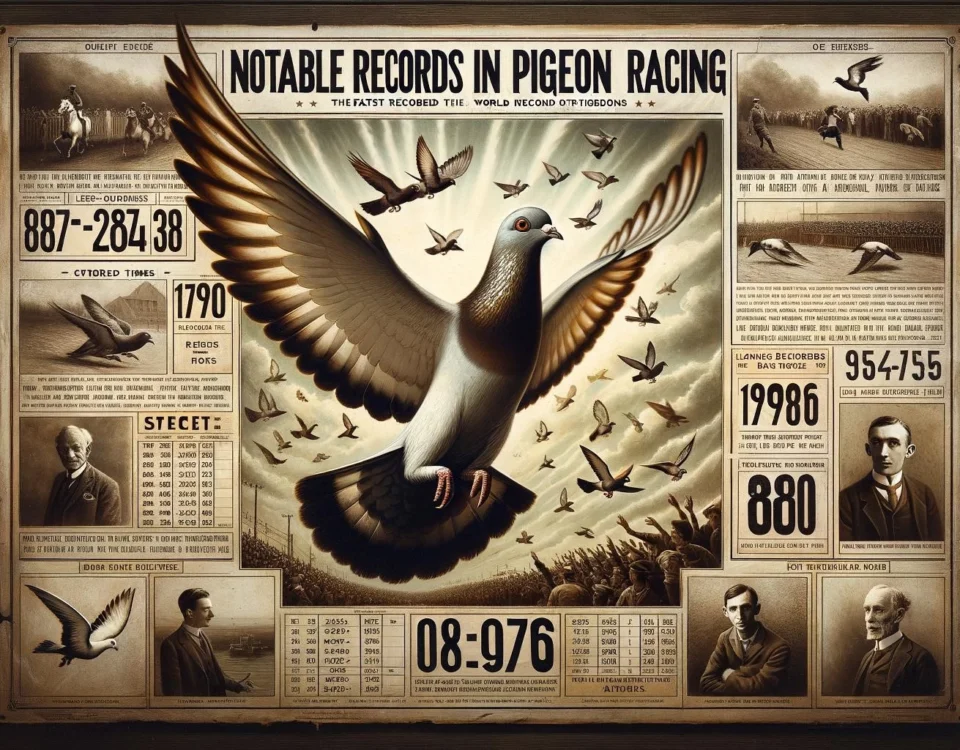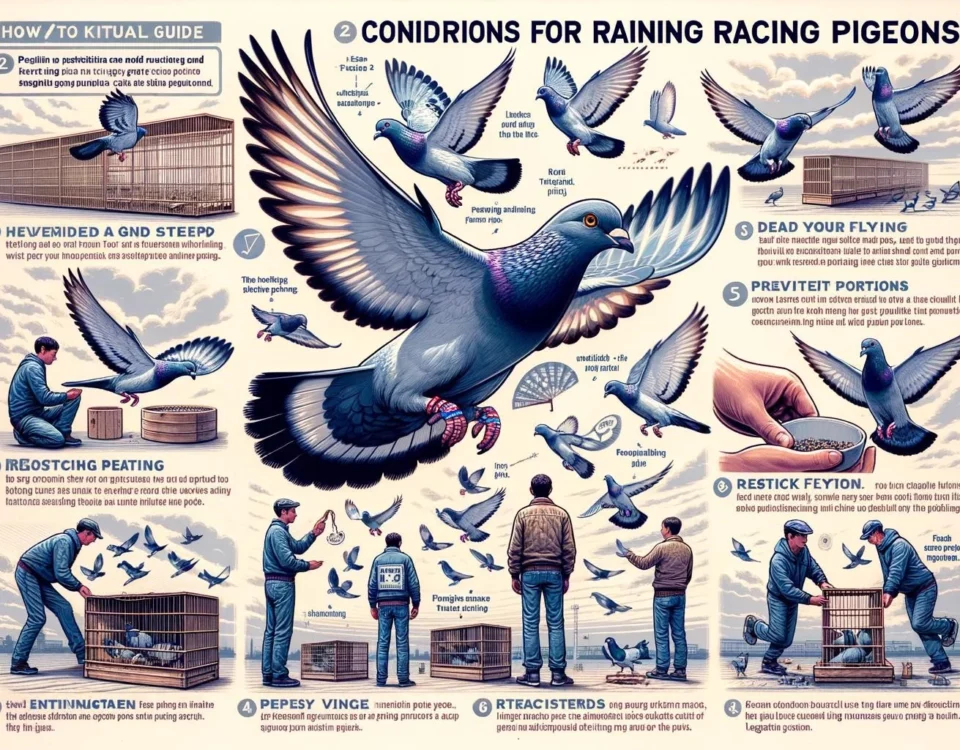Racing pigeons have a long history and have been a subject of fascination for many people, including authors and poets. Throughout literature, racing pigeons have been portrayed as symbols of freedom, friendship, and resilience. They have been featured in various forms of literary works, from novels and short stories to poems and essays.
Key Takeaways
- Racing pigeons have appeared in various forms of literature, including novels, short stories, poems, and essays.
- Pigeons are often portrayed as symbols of freedom, friendship, and resilience.
- Authors use racing pigeons to convey themes of adventure, determination, and the human-animal bond.
1. Symbol of Freedom
In literature, racing pigeons are often depicted as symbols of freedom. Their ability to fly long distances and find their way back home has captivated the imaginations of many authors. Pigeons represent the yearning for liberation, escape from confinement, and the pursuit of dreams. They are often associated with characters or themes that embody the quest for personal or societal freedom.
For example, in Richard Bach’s novel ″Jonathan Livingston Seagull,″ the protagonist, a seagull, seeks to break free from the limitations of his flock and explore the boundaries of his own potential. Similarly, racing pigeons in literature are often portrayed as individuals or groups that defy societal norms and expectations, striving for autonomy and liberation.
2. Symbol of Friendship
Racing pigeons are also seen as symbols of friendship in literature. Pigeon racing requires a strong bond between the pigeons and their trainers. The trust and mutual understanding between them create a deep sense of camaraderie and connection. Authors often use the relationship between racing pigeons and their trainers to explore the power of companionship, loyalty, and the significance of shared experiences.
In ″Saving Pigeons,″ a short story by Nandini Guha, the protagonist forms a profound friendship with a racing pigeon she rescues. Through their interactions, the story highlights the transformative power of human-animal relationships and the importance of empathy and compassion in building connections with others.
3. Theme of Adventure and Determination
Racing pigeons inspire themes of adventure and determination in literature. The sport of pigeon racing itself is a thrilling and challenging pursuit, requiring rigorous training, strategic planning, and perseverance. Authors often use racing pigeons as symbols of determination, highlighting the courage and resilience needed to overcome obstacles and achieve success.
For example, in the novel ″The Pigeon,″ a young boy named Raimond undertakes the perilous task of training and racing pigeons during World War II. The story captures the spirit of adventure and the indomitable will to survive, as Raimond navigates the dangers of war while caring for his beloved pigeons.
Poetry also embraces the theme of determination through racing pigeons. In ″A Homing Pigeon,″ Emily Dickinson uses the metaphor of a homing pigeon to describe someone’s unwavering dedication and loyalty in love. The poem captures the essence of persistence and the strength to navigate challenges in pursuit of a goal.
In conclusion, racing pigeons have made their mark in literature, serving as symbols of freedom, friendship, adventure, and determination. They add depth and richness to stories, poems, and essays, capturing the imagination of readers and highlighting the universal themes of the human experience.








